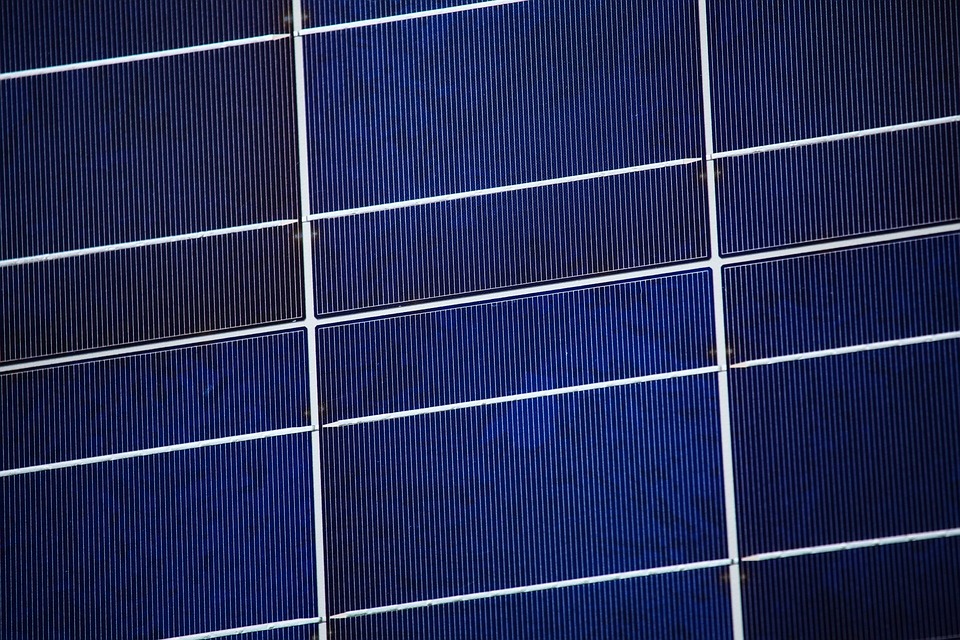[ad_1]
Smart Grid Technology: Revolutionizing Energy Distribution and Efficiency
Introduction
In the modern world, energy consumption is growing at an exponential rate, leading to a strain on existing energy distribution systems. This strain has pushed the need for a more efficient, reliable, and sustainable energy distribution system. Smart grid technology has emerged as a revolutionary solution to address these challenges. It promises to transform the way we produce, distribute, and consume electricity, by leveraging advanced digital technologies and communication systems. This article dives into the concept of smart grid technology, how it works, its benefits, and the potential it holds for the future of energy distribution and efficiency.
What is Smart Grid Technology?
Smart grid technology can be defined as an advanced electricity distribution system that integrates the traditional power grid with modern digital communication and control technologies. It enables two-way communication between electricity consumers and suppliers, allowing for real-time monitoring, analysis, and control of electricity consumption. This bi-directional flow of information and electricity distinguishes smart grids from the traditional, one-way power distribution systems.
How Does Smart Grid Technology Work?
The fundamental components of smart grid technology include advanced metering infrastructure (AMI), distribution automation, and communication networks. These components work together to enable the continuous, real-time exchange of data and electricity between the different stakeholders in the energy ecosystem.
Advanced Metering Infrastructure (AMI): Smart meters play a crucial role in smart grid technology. They measure and record electricity consumption at regular intervals and transmit this data to the utility company. Smart meters enable consumers to access detailed information about their energy usage and make informed decisions to optimize their consumption patterns.
Distribution Automation: Smart grid technology integrates automation and control systems into the power distribution network. This allows for the proactive identification and isolation of faults, rerouting of power flows, and restoration of service in the event of outages. Distribution automation significantly reduces the downtime associated with power outages, thus improving the overall reliability of the electricity supply.
Communication Networks: Smart grid technology relies on robust communication networks to transmit data and control signals between different components of the electricity distribution system. These networks facilitate seamless communication between smart meters, grid automation devices, and utility control centers. They enable the real-time monitoring and management of electricity flow, and the implementation of demand response programs to balance supply and demand in the grid.
Benefits of Smart Grid Technology
The adoption of smart grid technology offers a myriad of benefits to both energy consumers and utility providers. Some of the key advantages include:
1. Improved Reliability and Resilience: Smart grid technology reduces the frequency and duration of power outages by enabling proactive fault detection and effective restoration measures.
2. Enhanced Energy Efficiency: Smart grid technology enables the integration of renewable energy sources, energy storage systems, and demand response programs, leading to more efficient use of electricity resources.
3. Cost Savings: By optimizing energy consumption patterns and reducing operational costs associated with grid management, smart grid technology can lead to significant cost savings for both consumers and utility providers.
4. Environmental Sustainability: The integration of renewable energy sources and energy efficiency measures through smart grid technology contributes to a reduction in greenhouse gas emissions and overall environmental impact.
5. Real-Time Monitoring and Control: Smart grid technology allows for real-time monitoring of electricity consumption and grid operations, enabling proactive decision-making and control to optimize grid performance.
6. Demand Response: Smart grid technology enables utility providers to implement demand response programs, encouraging consumers to shift or reduce their electricity usage during peak demand periods, thus balancing supply and demand in the grid.
Frequently Asked Questions (FAQs)
Q: Will smart grid technology increase the risk of cyber-attacks on the electricity grid?
A: Smart grid technology does introduce new cybersecurity challenges, but the implementation of robust security measures can mitigate these risks. Utility providers are investing in advanced cybersecurity solutions to safeguard the integrity and reliability of smart grid systems.
Q: Are smart meters safe and secure for consumers?
A: Smart meters are designed with security features to protect consumers’ data and privacy. They undergo rigorous testing and certification to ensure compliance with industry standards for data protection and cybersecurity.
Q: Can I still have control over my energy consumption with smart grid technology?
A: Yes, smart grid technology empowers consumers with more control over their energy consumption. With access to real-time energy usage data, consumers can make informed decisions to optimize their energy consumption patterns and reduce their electricity bills.
Q: How will smart grid technology support the integration of renewable energy sources into the grid?
A: Smart grid technology enables the effective integration of renewable energy sources by providing the necessary control and monitoring capabilities to manage the variability and intermittency of renewable generation. This allows for a more seamless and efficient integration of renewable energy into the grid.
Conclusion
Smart grid technology represents a paradigm shift in the way we produce, distribute, and consume electricity. By leveraging advanced digital technologies and communication systems, smart grid technology holds the potential to revolutionize energy distribution and efficiency. The integration of smart meters, distribution automation, and communication networks enables real-time monitoring and control of electricity consumption, leading to improved reliability, enhanced energy efficiency, and cost savings. As smart grid technology continues to evolve, it will play a crucial role in the transition towards a more sustainable and resilient energy infrastructure for the future.
[ad_2]



